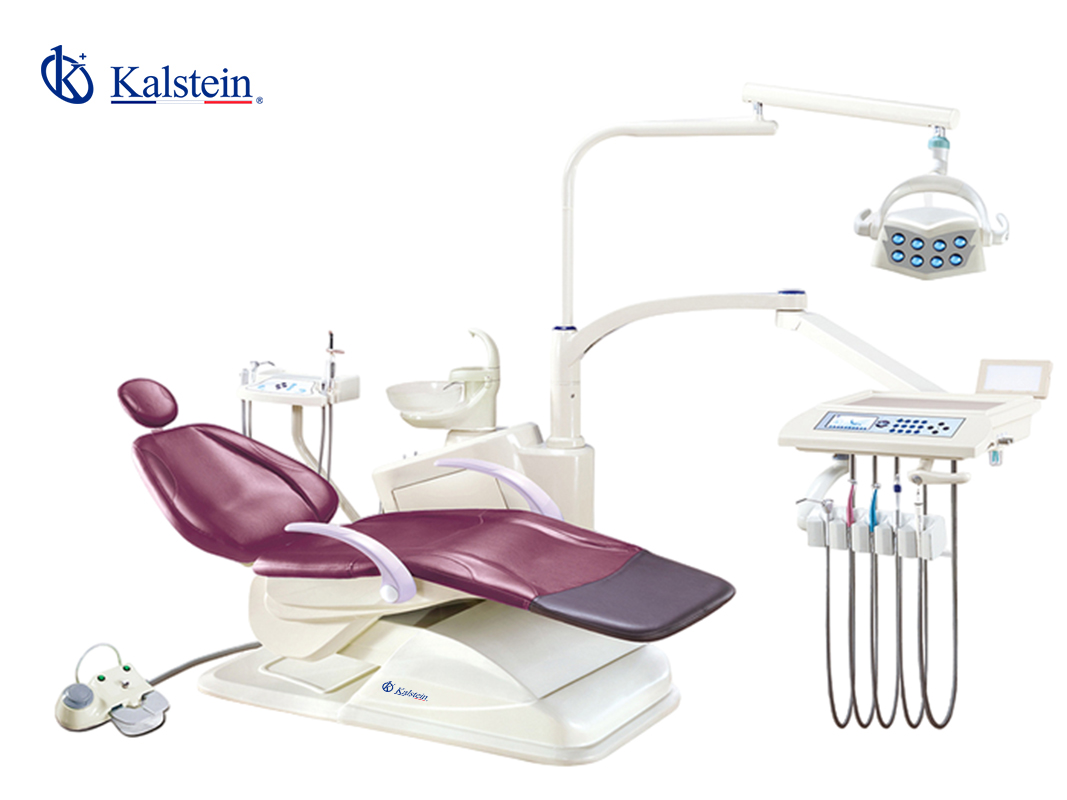Transilluminator
Illuminate your laboratory work with the latest technology in transilluminators! Our top-of-the-line transilluminator offers unparalleled visibility for your gel electrophoresis experiments, allowing you to accurately analyze and document DNA, RNA, and protein samples with ease. Its cutting-edge design ensures uniform and high-intensity illumination, guaranteeing precise results every time. Whether you are performing genetic research, molecular biology experiments, or protein analysis, our transilluminator is the perfect tool to enhance your workflow and productivity in the lab.
Stay ahead in your research with our reliable and efficient transilluminator, designed to meet the demands of modern laboratories. With customizable options and user-friendly features, this essential piece of equipment will streamline your experiments and provide clear, sharp imaging for accurate analysis. Invest in quality equipment that meets the highest standards of performance and innovation to take your lab work to the next level. Illuminate your path to success in the lab with our advanced transilluminator today!

TRANSILLUMINATOR KALSTEIN
At Kalstein you can find the ideal Transilluminator for Your Laboratory
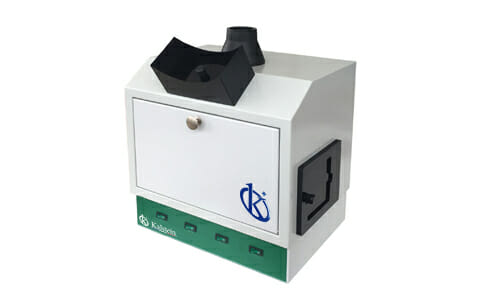
UV Transilluminator YR06031
Features No need for darkroom, can be use for all-weather. With the operation of export for cuting the gel. Using the UV filter glass, quartz ultraviolet lamp, long service life, light uniform, 254 nm (11W), 365 nm (11W)...
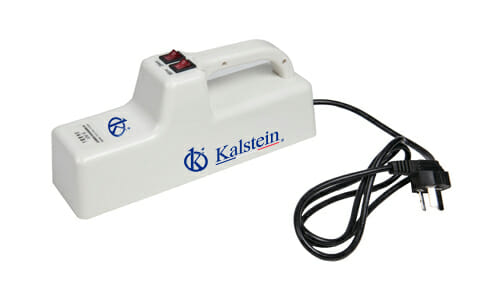
Portable UV Transilluminator YR06032
Features Small size, simple operation. Two kinds of UV wavelength, observe applicable to different gel. Technical Specifications, 270×78×110 (mm), 254, 365 (n...
Our Transilluminator best seller
- Small size, simple operation.
- Two kinds of UV wavelength, observe applicable to different gel.
The DNA/RNA Gel Transilluminator is an indispensable tool in any laboratory performing molecular biology studies. It is used to visualize DNA or RNA bands in agarose or polyacrylamide gels after being stained with fluorescent substances. This allows us to visualize and document the results of electrophoresis experiments. The advantage of this Kalstein equipment is that it allows for the rapid location and recovery of products of interest without causing damage to the DNA or RNA.
| Model | YR06032 |
| Reflection size(W×L) | 200×50 mm |
| UV reflection wavelength | 254, 365 (nm) |
| Transmission UV lamp power | 8 (W) |
| Volume (L×W×H) | 270×78×110 (mm) |
| Weight | 0.55 kg |
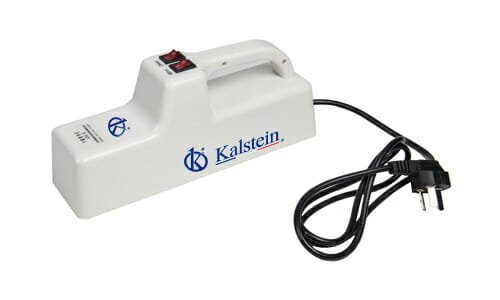
Analysis of the best Transilluminator for Your Laboratory
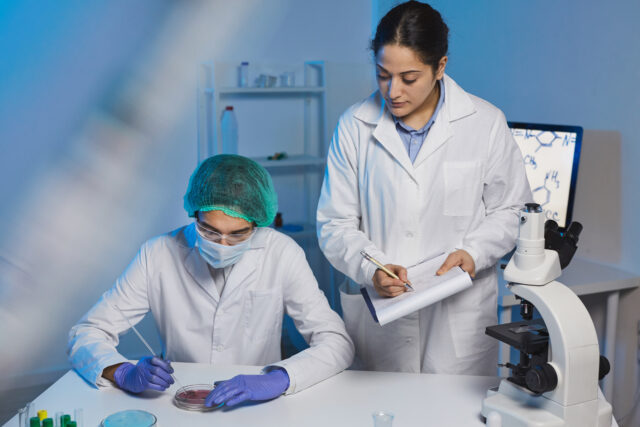
Kalstein’s DNA/RNA Gel Transilluminator Ensures Accurate Results
In a scientific laboratory, having the right equipment to generate precise and efficient results is crucial. One such essential pie...

The Relevance of a UV Transilluminator in Laboratories
A UV transilluminator is an indispensable piece of equipment in molecular biology and genetics laboratories. Its main function is to provide a clear and contrasted view of t...
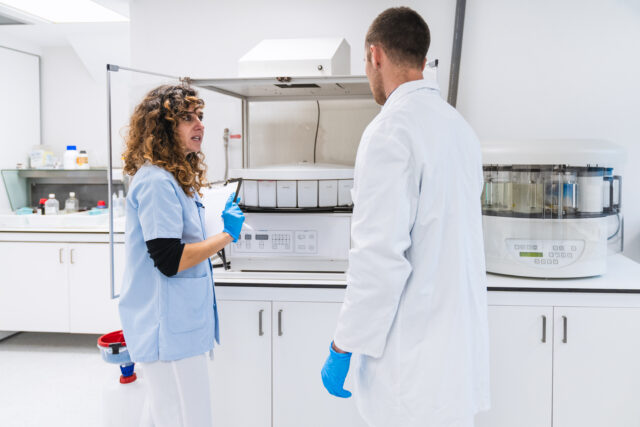
Improving your lab efficiency with the use of a gel transilluminator
Transilluminators, also known as darkfield illuminators, are laboratory equipment that have the potential to significantly chan...
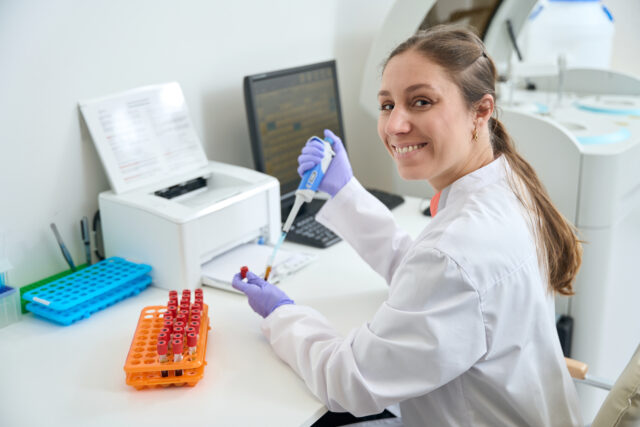
Everything you need to know about transilluminator for gels
In the vast spectrum of scientific research, there is a need for advanced tools to facilitate intricate laboratory processes. Among these indispensable items is the g...
Catalog of models of Transilluminator on offer
KALSTEIN UPDATED
Guidelines for you to become an expert in Transilluminator
The Transilluminator equipment are essential products in Your Laboratory, we provide you with guidance and recommendations for a better use, so you can work like an expert.
How does a Transilluminator for Gels work?
Understanding the practical applications of the gel transilluminator
Advanced Transilluminator for Precise Gel Documentation
Innovation in Transilluminators for Efficient Gel Analysis

Frequently asked questions from our customers about Transilluminator
The delivery time of your Kalstein product will depend on the following:
- Whether the equipment you are interested in is in stock or if it needs to be manufactured.
- The type of freight you have chosen, which can be either air or sea.
- Equipment in stock:
– Delivery Time (Air): 15-30 days.
– Delivery Time (Sea): 45-60 days.
- Equipment not in stock:
– Delivery Time (Air): 30-60 days.
– Delivery Time (Sea): 60-90 days.
You can make your purchase through:
- By email: [email protected]
- By phone: +33 (0) 1 70 39 26 50
- Online shopping: Through the official Kalstein website in your country.
At Kalstein, we provide our customers with inductions and technical support through new online methods. You can visit our induction videos, technical assistance, and guidance provided by a Kalstein team through our Youtube channel (Kalstein English). HERE
Send us a direct message and one of our agents will contact you
Transilluminator
Lorem ipsum dolor sit amet, consectetur adipiscing elit. Sed dignissim placerat mauris cursus laoreet. Nam feugiat lacus ex, at fermentum sapien accumsan nec. Curabitur auctor porttitor mi non malesuada. Aenean condimentum, purus vitae rhoncus imperdiet, justo eros aliquam ipsum, at egestas leo diam eget libero.

Catalog of models of Transilluminator on offer.
-
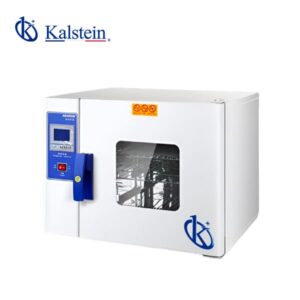
Electric Heating Drying Oven YR06446
-
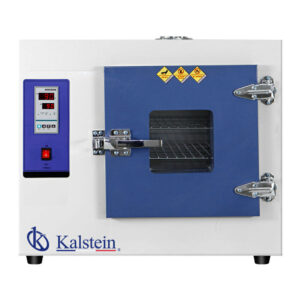
Electric Heating Drying Oven YR05259-2
-

Electric heating drying oven YR05248 // YR05255
This product has multiple variants. The options may be chosen on the product page -
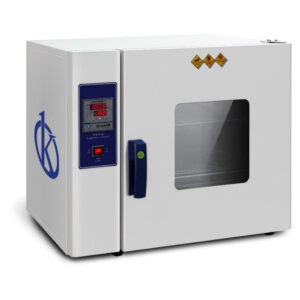
Electric heating drying oven YR05244 // YR05247
This product has multiple variants. The options may be chosen on the product page -

Mini Centrifuge With Large Capacity YR012G
-
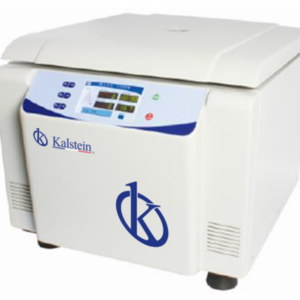
Tabletop High Speed Centrifuge YR0137-2 – YR0137-3
This product has multiple variants. The options may be chosen on the product page -
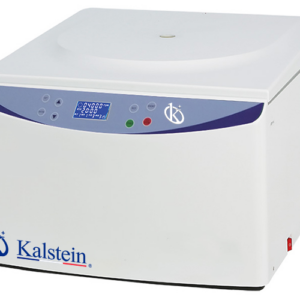
Gel Card Centrifuge YR142-3 – YR142-3-1
This product has multiple variants. The options may be chosen on the product page -
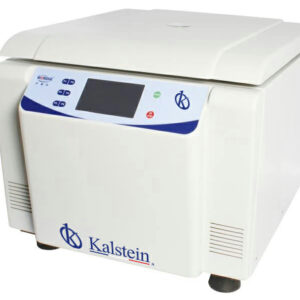
Tabletop High Speed Centrifuge YR019-TG
This product has multiple variants. The options may be chosen on the product page -

Intelligent Electric Wheelchair YR06432
-

Electric Wheelchair YR05445
-

Electric Wheelchair YR05443
-

Electric Wheelchair YR05442
-

Electric Wheelchair YR05444
-

Electric Wheelchair YR05441
-

Electric Wheelchair YR05440
-

Electric Wheelchair YR05439
Descubre más de nuestro catálogo
Tipos de Transilluminator

[Producto] A
Lorem ipsum dolor sit amet, consectetur adipiscing elit. Ut elit tellus, luctus nec ullamcorper mattis, pulvinar dapibus leo.

[Producto] B
Lorem ipsum dolor sit amet, consectetur adipiscing elit. Ut elit tellus, luctus nec ullamcorper mattis, pulvinar dapibus leo.
Find out more about Transilluminator with our guides.
Ultrasound Scanner: Real-Time Imaging Diagnosis for Reliable Results
The ultrasound scanner is a fundamental tool in the field of medical diagnostics. This device not only allows for the...
Dental Units: Complete Stations for Modern Dental Care
Dental units have revolutionized how dentists perform their procedures. Over the years, technological advancements have transformed these stations into key...
Transilluminator: Essential Technology for DNA and RNA Detection in Laboratories
The analysis of nucleic acids, such as DNA and RNA, is a critical task in any molecular biology laboratory. In...



